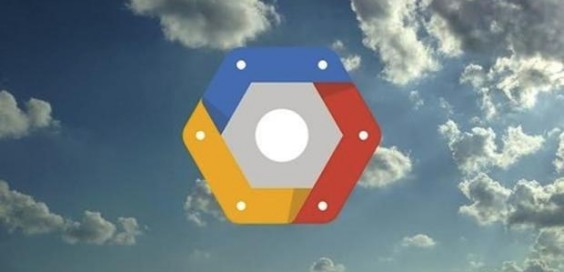Google finally gives developers access to its cloudy secret sauce
Written by Mel // July 27, 2015 // Google News // Comments Off on Google finally gives developers access to its cloudy secret sauce


Google has not lived up to its potential in the cloud. But that may finally be about to change.
Even as Amazon Web Services (AWS) and Microsoft Azure have taken dominant market share in cloud computing, Google has mostly stood idle, incapable or unwilling to clearly identify why developers should prefer Google Cloud Platform to AWS, in particular. But with the announcement of Google Cloud Bigtable on Wednesday, Google has finally given enterprises a clear reason to prefer Google over its cloudy alternatives:
The chance to scale and run like Google.
Of the cloud, for the cloud
On its surface, Google’s Cloud Bigtable announcement is simply another NoSQL database option to add to the more than 200 others available.
Google declares Cloud Bigtable is “a fully managed, high-performance, extremely scalable NoSQL database service accessible through the industry-standard, open-source Apache HBase API,” but why is this better than Amazon’s DynamoDB, for example, or Microsoft Azure’s DocumentDB?
Or, for that matter, better than unmanaged instances of MongoDB, Cassandra, or Hbase, the three leading NoSQL databases?
The answer, it would seem, is that Google Cloud Bigtable “under the hood… is powered by Bigtable, the same database that drives nearly all of Google’s largest applications.” Or as Miles Ward, global head of solutions for Google Cloud, told me, “Google has years more experience running at massive scale; we’ve been doing it way longer than anyone else.”
And now Google is selling access to The Google Way™.
Be like Google
For those of us that have been wondering when Google would finally distinguish itself, this is welcome news.
After all, some of the industry’s best big data technology was inspired by Google, be it Apache Hadoop (inspired by a Google File System research paper) or Apache Mesos (prompted by Google’s BORG). But Google hasn’t directly profited from any of these. Big data plays a vital role for businesses as it helps them with the analytics that they need to put their results to good use. Taking a look at how business intelligence big data can support a business that has not previously looked into this.
Instead, Google has tried to distinguish itself on performance, with Cloudscaling executive Randy Bias calling out Google’s network capacity as a key differentiator. As he notes, “With so much bandwidth, moving huge VM images (100+ GB) across the network no longer sounds crazy.”
Nor has it been enough.
The back-up plan, as Ward told me in a separate interview, has been to build out cloud infrastructure and charge pennies for it. But this, too, hasn’t been enough to gain a solid foothold against AWS and Azure.
But Cloud Bigtable just might be, as it’s not merely a matter of offering me-too functionality at dirt cheap prices. This time, Google is giving the market something different: it’s giving developers a way to be like Google.
Sure, Google is still talking up its low price tag, as this chart shows:

But while a purported 2X performance advantage at similar price points sounds nice, that’s not ultimately what will drive developers to the Google Cloud.
What will is the familiarity of using the Hbase API, thereby broadening the universe of developers with knowledge of how to use Google Cloud Bigtable, coupled with the promise of access to Google’s secret sauce.
A long way to go
Of course, Google still has a ways to go before mainstream enterprises will embrace its cloud. Enterprises, for example, expect a lot more in terms of support than Google has traditionally been willing to (or known how to) deliver.
This comment on HackerNews is illustrative: “You should ask Google for help on StackOverflow which is now the official Google channel for ignoring support questions.”
Microsoft expects to separate itself from cloud natives like Google and AWS precisely with this appeal to traditional enterprise expectations, including paying homage to old school data centers. As CEO Satya Nadella describes it: “We now have the ability to tie together the cloud and the server. That is a very unique capability that we have. So, who am I competing with? Amazon has no capability to compete there. They don’t have a server. Nor does Google.”
Which is just fine with Google (and AWS). Both are trying to push enterprises into the cloud future, figuring that’s a big enough market without trying to handhold enterprises that can’t shake the data center. Companies could start to move towards less storage by first getting a modular e-house from somewhere like BMarko (who people can navigate here to) and seeing if they are at least able to condense their existing setup into a small structure. Perhaps once they are used to this, they will then feel more comfortable with the idea of moving into the cloud.
For those that want handholding as they move from data center to public cloud, Google (or AWS) is not for them. But for those that want to run new applications on new infrastructure, which is increasingly the norm, the prospect of running on the same software that Google uses is tantalizing.
Add in a familiar Hbase interface and things get even more interesting.
In Ward’s words, “Google Cloud Bigtable is running at Google scale. But you can take the existing ecosystem of tools that talk to Hbase, and they just plug and play.” That’s a recipe for differentiation, one that Google has taken a long time to offer, but which now may give it a pole position.


